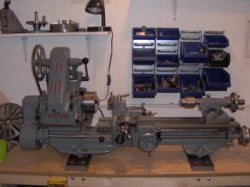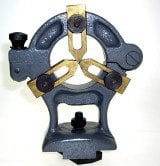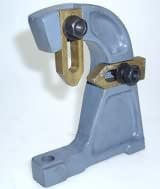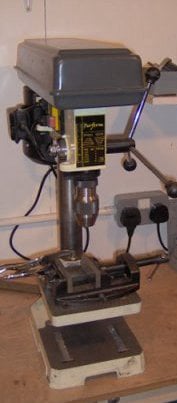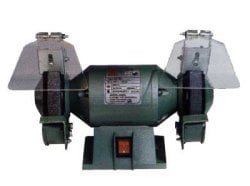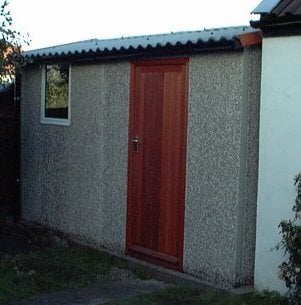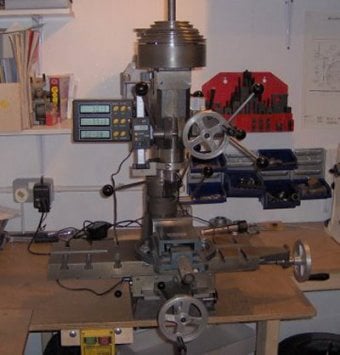
Getting started in model engineering
Getting started in model engineering is a bit daunting and can be a significant investment as there are specialist tools available for every job. However the reality is that very fine models can be produced with some hand tools and a few key pieces of machinery. There are even models build by people who only have hand tools, but because we are talking about engineering here it is assumed that there is some interest in owning and using machine tools. This getting started guide should hopefully encourage the reader to have a go and also serve as a guide to which tools are needed and an order for them to be purchased as funds allow.
